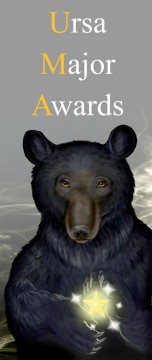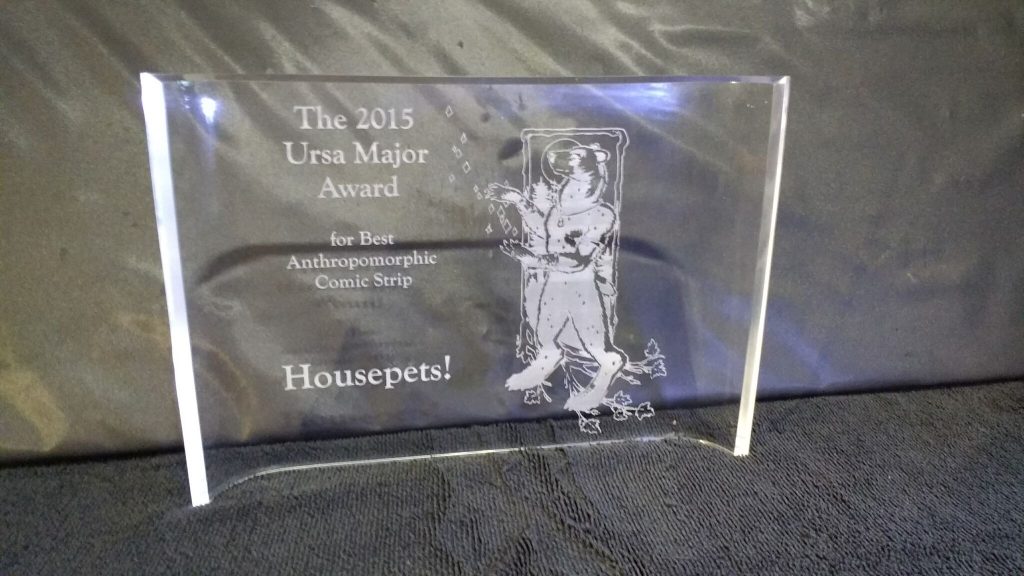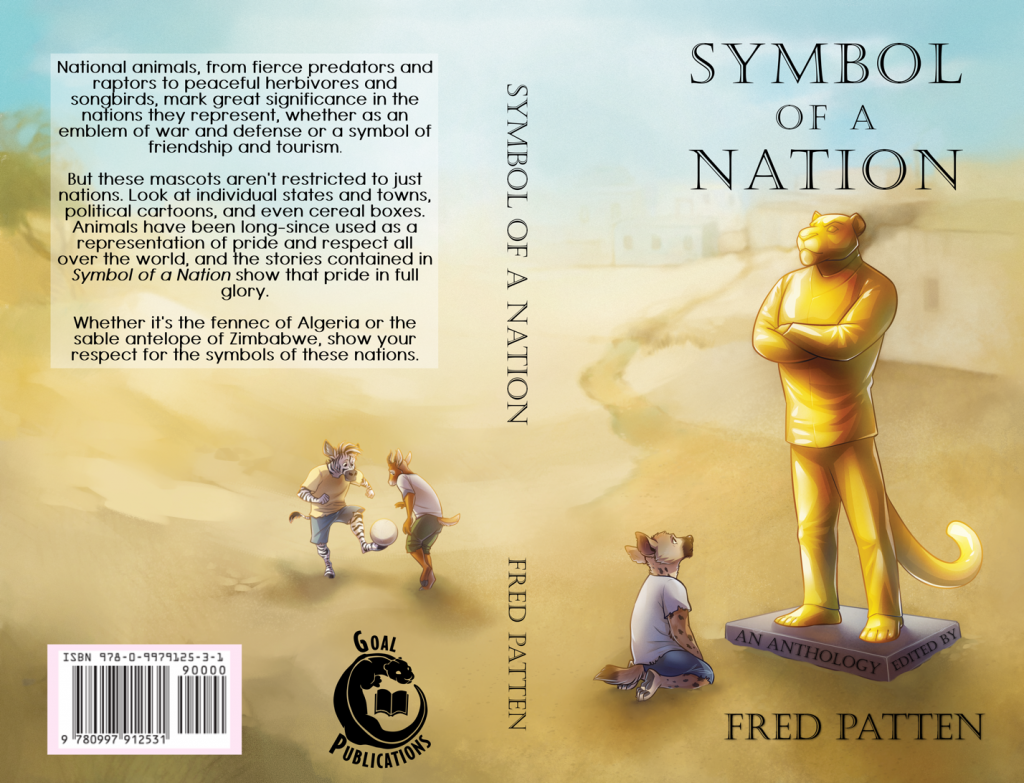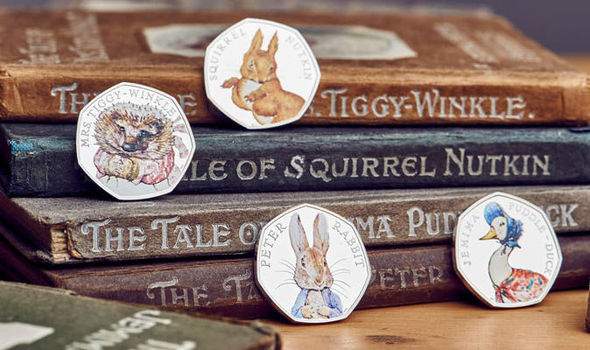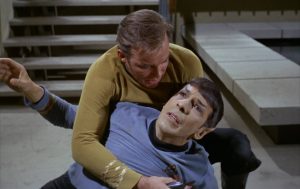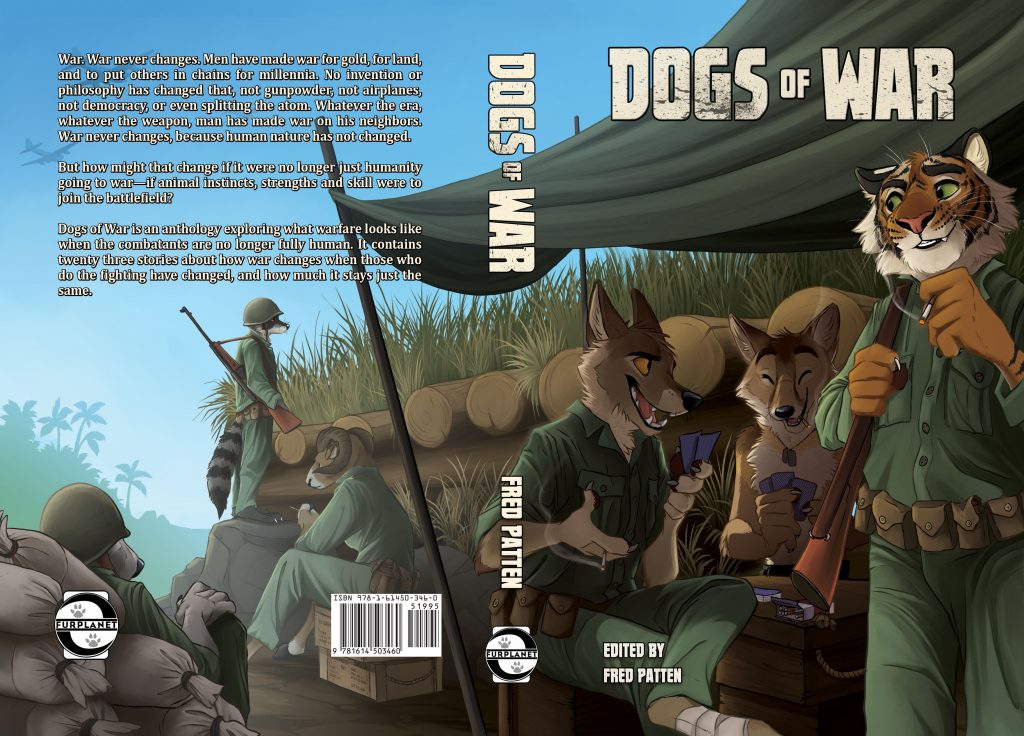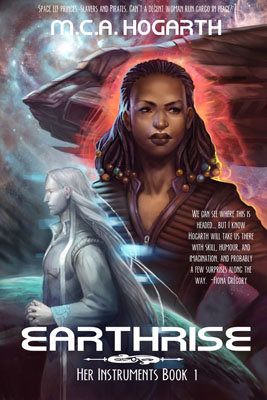(1) FURRY COUNCILMAN OUSTED. A city councilman in the eastern U.S. was pressured into quitting after his activities as a furry fan became a source of public controversy. The Danbury, Connecticut News Times has the story: “New Milford councilman resigns after furor over ‘furry’ activities”.
Town Council member Scott Chamberlain had never made a secret of his deep involvement in Furry Fandom, a subculture of adults who dress in mascot-like animal costumes, attend role-playing conventions and interact regularly online.
But an uproar ensued when a town resident posted on a community Facebook page several screenshots of Chamberlain’s profile from a private website catering to “furries,” many of whom participate in or write about unusual sexual practices. The profile includes a list of Chamberlain’s “loves,” “likes” and “hates,” some sexual in nature, but also said that he “tolerates” rape.
In an interview at midday Thursday, Chamberlain explained his involvement in the “furry” community as a harmless hobby.
“It’s nothing to do with sex; it’s an interest in cartoon animals,” said the first-term Democrat, who was up for re-election.
But Mayor David Gronbach, saying elected officials should be held to a “higher standard,” called for Chamberlain’s immediate resignation, and within two hours party officials said he would resign all his town and party positions by Monday morning.
(2) PROGRESS. The “Help Lezli See (Eye Surgery)” campaign has now raised $6,525 of its $8,000 goal. The contributions have come from 130 donors, including Game of Thrones producer David Benioff.
(3) GENRE GROWTH. At Amazing Stories David Gerrold has a guest editorial, “Humanity’s’ R&D Department – Science Fiction”.
The evolution of science fiction is a reflection of our changing culture. Attitudes that were commonplace in the past have been recognized as antiquated, quaint, and obsolete.
Our national conversation is the result of our diverse history. We’re not the proverbial melting pot — no, we’re a tossed salad. Every new wave of immigrants adds new ingredients to the mix, new flavors to discover; but all arrive with the same dream, a place to build a better life. We are immigrants, or we are the descendants of immigrants, and as a people we are learning to recognize the strength and value of our national diversity — it gives us a greater sense of the global village.
So, yes, it is inevitable that science fiction authors will explore that diversity — expanded roles for women, new definitions of gender and sexuality, the contributions of People of Color and other non-white ethnicities. We’ve discovered the overlooked skills of the aged and the disabled, the unusual and extraordinary ratiocinations of people who are neuro-atypical. The next generation of authors are exploriong vast new landscapes of possibility — places to explore and discover ways of being human previously unconsidered.
Even as science extends its reach outward, probes journeying as far as Pluto, telescopes peering to the farthest edges of the universe, as we expand our knowledge of what’s out there, some of our most ambitious authors are turning their attention to a different frontier —exploring the workings of the human soul.
We’ve seen some remarkable work, truly transformative — mind bending. Yes, it’s non-traditional — so what? Science fiction has always been non-traditional. It has always been “that weird stuff.” It has always been subtly subversive — and sometimes even openly dangerous.
(4) SPACE FOR YOU. Brandon O’Brien muses about the genre:
Okay, so words, because I feel so many things:
I'm legit grateful that 'Birth, Place' is resonating with people. Really.— Brandon O'Brien MUST BE JUDGED FOR BARELY WRITING (@therisingtithes) September 9, 2017
Further down he says:
I kept telling people at Worldcon this thing that is my creative mantra:
SFF is optometry. Making lenses that put the world in perspective.— Brandon O'Brien MUST BE JUDGED FOR BARELY WRITING (@therisingtithes) September 9, 2017
(5) STRANGE HORIZONS. Elsewhere, O’Brien encourages people to participate in the “Strange Horizons Fund Drive 2017”. $4,726 out of $16,000.
I want to see what other fascinating, radical work appears in SH in the future. That can only happen with your help. https://t.co/BOEVV2wEXk
— Brandon O'Brien MUST BE JUDGED FOR BARELY WRITING (@therisingtithes) September 9, 2017
(6) AWARD WORTHY. The Hugo Award Book Club waxes nostalgic about “The science fiction art of Erik Nitsche”.
![]()
There was no Hugo Award given for Best Artist in 1957 at the 15th Worldcon in London. But since awards were given in other categories, there is no provision in the current rules of the WSFS constitution to award any Retro Hugos for that year. Which is a shame, because some of the finest work from one of the most innovative graphic designers of the era had started verging into the realm of science fiction in 1955 and 1956. The name Erik Nitsche is rarely brought up in conversations of science fiction, but is well-known to historians of graphic design. In 1955, the Swiss-born designer had been hired by General Dynamics to create promotional imagery for the organization’s annual International Conferences on the Peaceful Uses of Atomic Energy (ICPUAE).
(7) WASTED ON THE YOUNG? In The Guardian, Joanna Walsh asserts “All the awards for young writers amount to discrimination”.
A few years ago I wrote an article for the Guardian on ageism in the literary world, about the predilection of publications like Granta, the New Yorker and Buzzfeed for authors under the age of 40. The problem hasn’t gone away and on Tuesday I wrote an open letter to the Royal Society of Literature, after it called for nominations for 40 new fellows under 40.
Encouraging young writers is laudable. After all, it’s increasingly difficult to get started. Publishers’ advances are low and getting lower; arts degrees are more expensive than Stem subjects; social security is fiercely tested. Which must mean that those most able to pay for a writing course, or those most able to take time off work to write while still young, are those most likely to have money, security, contacts, confidence. There’s a correlation between setting an age bar and encouraging the already privileged.
All writers were young once, and many start writing young, but not all begin their careers as published authors at that point. Leaving aside the fact that some only decide to start writing later in life, many factors affect one’s ability to commit to writing seriously. Besides income issues, age bars can lead an organisation into worrying territory. Authors from outside the perceived cultural mainstream who do not already see their voices represented – LGBTQ writers, writers of colour – are sometimes slow to recognise the contribution they can make, or to feel like their voices will be valued.
Age is a feminist issue. Careers, delayed by years looking after children or other dependents, are mostly women; residencies that offer no childcare or require long stays are an easy way to sift female candidates out of contention. Older women are already told every day, in ways ranging from the subtle to the blatant, that they are irrelevant and should shut up. Multiply this by, say, race or gender, and the courage required to put work out is even greater. Or the potential writer might not be the carer, but the cared-for. Writers who live with a disability or ill-health may not start out until they have found a way to write with their condition – which may take longer than this 40-years-old rule allows for.
(8) TODAY IN HISTORY
- September 9, 1927 — Silent horror-comedy The Cat and the Canary turns 90 today.
(9) COMICS SECTION.
- John King Tarpinian found one it takes a moment to figure out: The Argyle Sweater.
- It’s Daredevil vs. Spider-man at Bliss.
(10) JUST PLAIN FOWL. The Guardian profiles actor Michael Keaton: “Michael Keaton: ‘There was a lot of bad taste in the 90s and I contributed to that’”.
He has made a career out of taking the unpredictable route: you can never guess his next role, and then he never plays it the way you’d expect. In his breakthrough movie, 1983’s Mr Mom, Keaton played a stay-at-home father at a time when such a concept was almost unheard of, and he played him as a man who has no idea how to do any of the stereotypically masculine jobs around the house; when asked if he’s rewiring the house with 220 volts, Keaton adlibbed, “220, 221, whatever it takes”. He was the dazzlingly frenetic lead in Tim Burton’s Beetlejuice, a largely improvised performance opposite fellow ghosts Alec Baldwin and Geena Davis. With Burton again, he played Batman as a conflicted nerd, rather than a grinning muscle man. In Birdman, he plays an actor so neurotic, he ends up running through Manhattan in his underwear.
(11) PRATCHETT INSPIRES FAST FOOD AD. Arby’s is known for its roast beef, not its Morpork….
Nevertheless, the turtle moves pic.twitter.com/C0jHQ1mIQP
— Arby's (@Arbys) September 1, 2017
(12) HISTORY CORRECTED. Have researchers finally discovered Sweden’s real-life version of Lady Brienne of Tarth or Xena the Warrior Princess? “Viking warrior found in Sweden was a woman, researchers confirm”.
The grave, which Hedenstierna-Jonson describes as the world’s “ultimate warrior Viking grave”, was discovered and excavated by Swedish archeologist Hjalmar Stolpe at the end of the 19th century. Because of the “manly” warrior equipment found in the grave, it was just assumed – rather than proven – that the remains were that of a man.
But a few years ago, Anna Kjellström, an osteologist at the Stockholm University, brought out the remains to study them for another research project and noticed that something was amiss. The cheekbones were finer and thinner than that of a man, and the hip bones were typically feminine. An osteological analysis was carried out, lending even more support to her suspicion.
Now, however, a DNA-analysis has been carried out, clearly confirming that the Viking warrior was indeed a woman.
(13) WEEDING THE PLOT. Your cabal curator, Shaun Duke:
https://twitter.com/SFF180/status/906541135031611392
I'm a contributor to a Hugo-longlisted fanzine and I said I was okay with the Dragon Awards this year, am I out of the cabal? ????
— Doris V. Sutherland (@DorVSutherland) September 9, 2017
https://twitter.com/shaunduke/status/906553569431695360
(14) PLUNGE RIGHT IN. Beware: John Scalzi is a language prescriptivist and a plumber.
Also, if I see you write "The decimation was centered around" I will come to your house and reverse the flow on your septic system.
— John Scalzi (@scalzi) September 9, 2017
(15) GRITE LITERATURE. Camestros Felapton has had a busy day, posting chapters from Timothy the Talking Cat’s work in progress, Chiseled McEdifice: Returns.
Just then a gunshot rang out and a bullet ricocheted off his space marine helmet (he was wearing his space marine helmet obviously – look at the cover image). The HUD display flickered on in his helmet (no that isn’t ‘redundant’ I can’t just say ‘his HUD flickered on’ as that sounds perverted to me). Targeting identified a heat source 501.67 metres away to the north east.
“Enhance,” McEdifice vocalised and in some sort of cool special effect way the helmet magnified that area of his vision (with maybe a hi-tech noise like boop-ooohwushboop). It was one of the Treerat gang!
The Treerat Gang: a bunch of outlaws and pagan worshippers of the ancient demonic squirrel god. They had a lasting hate for McEdifice ever since he drove them and their filthy ways out of town and killed their leader in a shoot-out.
“Oh dear!” said McEdifice as he once again made a futile attempt to apply the brakes! Just then the front wheel hit a particularly large pebble! The bike crashed and McEdifice was thrown clear!
KABOOM! The bicycle exploded in a fiery explosion as a consequence of it hitting a rock. McEdifice rushed over and beat back the flames and then with one mighty flick of his shoulders he hoisted up the flaming bike and threw it into a near by pond which I should have probably mentioned earlier.
(16) NO TRUCE IN THE CULTURE WARS. Sadly, Lawrence Person ended his Jerry Pournelle obituary with an irrelevant shot at “SJWs”.
He edited a number of anthologies over the years; when he finally received a Hugo nomination for that, Social Justice Warrior bloc voting made sure he finished below No Award.
Person didn’t think it was important to mention that Pournelle was slated onto the 2016 ballot by the Rabid Puppies, which was the direct cause of that outcome. Or that Pournelle was nominated for eight other Hugos and finished above No Award every time.
(17) MEAT. What are they selling in this video? It’ll come to you eventually. Includes L. Ron and an alien.
[Thanks to John King Tarpinian, Cat Eldridge, JJ, Darren Garrison, and David Doering for some of these stories. Title credit goes to File 770 contributing editor of the day Soon Lee.]

